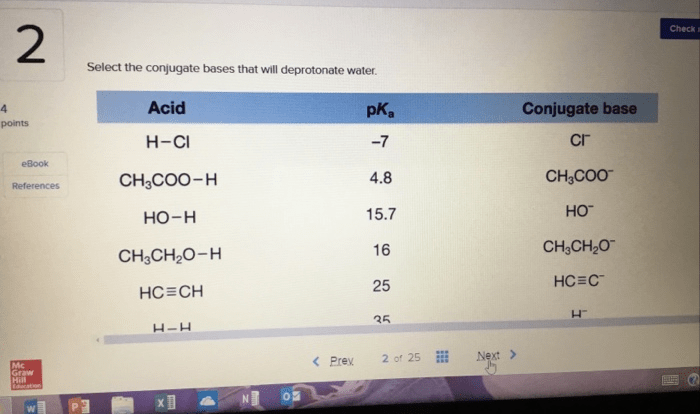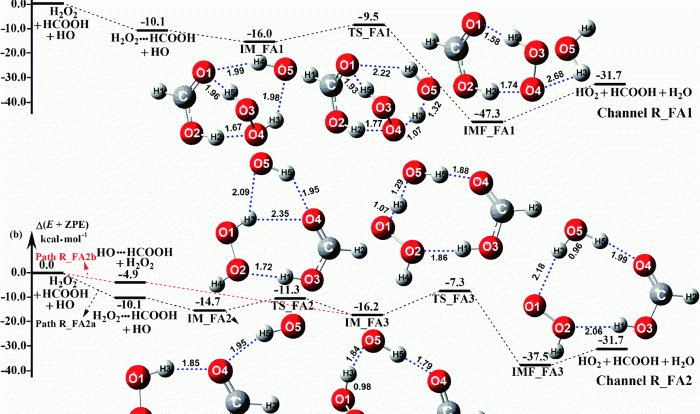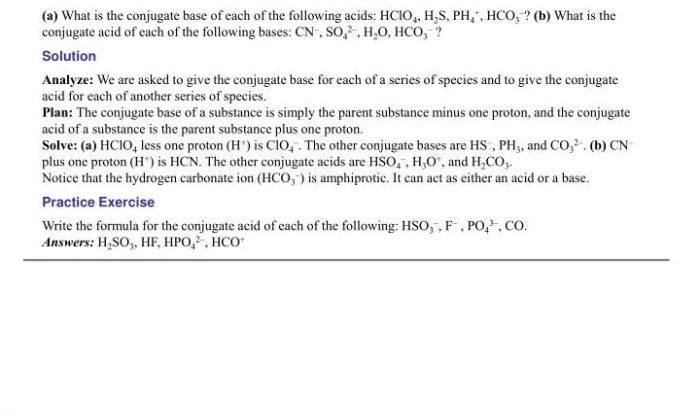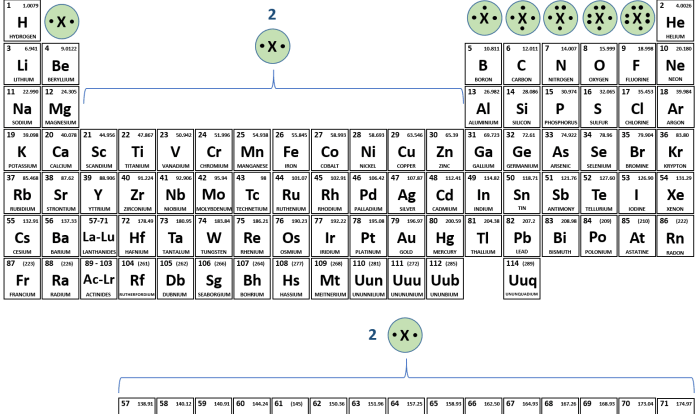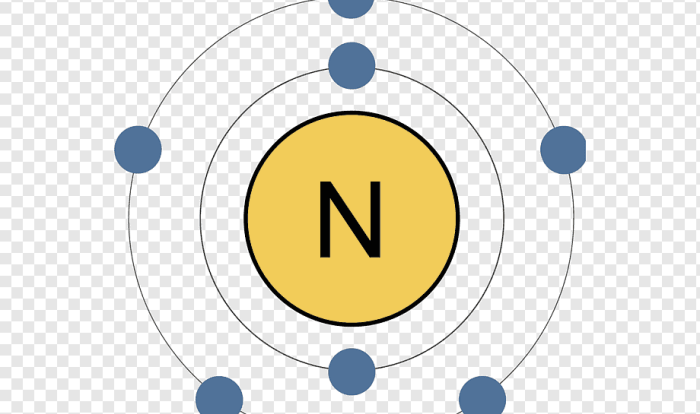Chapter 5 study guide chemistry – Embark on a captivating journey through Chapter 5 of your Chemistry study guide, where essential concepts and theories await your discovery. This comprehensive guide will illuminate the intricacies of chemical reactions, stoichiometry, gas laws, solutions, and more, providing a solid foundation for your understanding of the fascinating world of chemistry.
Delve into the realm of chemical reactions, unraveling the secrets of their types and significance. Master the art of balancing equations and predicting reaction products, empowering you to decipher the language of chemical transformations. Explore the concept of stoichiometry, a powerful tool for understanding the quantitative relationships between reactants and products.
Chapter 5 Study Guide
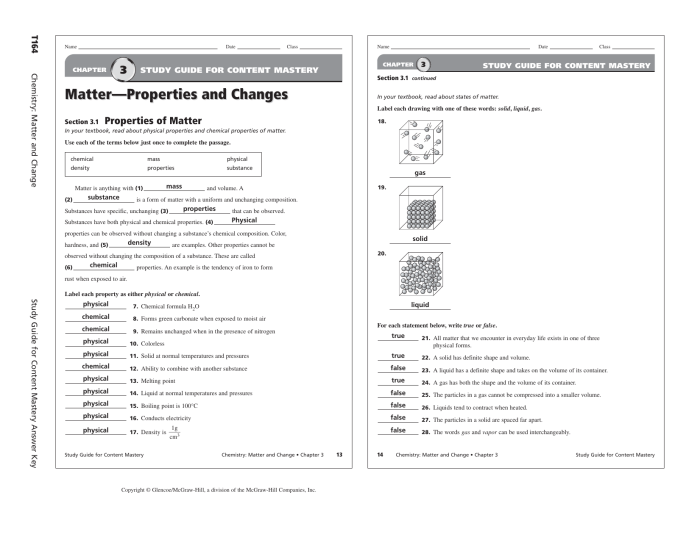
Key Concepts
Chapter 5 of the Chemistry study guide delves into the fundamental principles of chemical bonding and molecular structure. This chapter explores the various types of chemical bonds, including ionic, covalent, and metallic bonds, and how they determine the properties and behavior of chemical compounds.
Key concepts covered in this chapter include:
- Types of chemical bonds and their characteristics
- Molecular geometry and its influence on molecular properties
- Polarity and electronegativity
- Hybridization of atomic orbitals
- Bonding theories, including valence bond theory and molecular orbital theory
Understanding these concepts is essential for comprehending the structure and reactivity of chemical compounds, which forms the foundation for further studies in chemistry.
Chemical Reactions and Equations
Chemical reactions are processes that involve the transformation of one set of substances into another. They are essential for life and occur all around us, from the digestion of food to the combustion of fuel. Chemical equations are used to represent chemical reactions in a concise and informative way.
Types of Chemical Reactions
There are many different types of chemical reactions, each with its own unique characteristics. Some of the most common types of reactions include:
- Combination reactions occur when two or more substances combine to form a single product. For example, when hydrogen and oxygen react, they form water.
- Decomposition reactions occur when a single substance breaks down into two or more products. For example, when water is electrolyzed, it breaks down into hydrogen and oxygen.
- Single-replacement reactions occur when one element replaces another element in a compound. For example, when iron is placed in a solution of copper sulfate, the iron replaces the copper in the compound, forming iron sulfate and copper.
- Double-replacement reactions occur when two compounds exchange ions to form two new compounds. For example, when sodium chloride and silver nitrate are mixed, they form sodium nitrate and silver chloride.
Balancing Chemical Equations
Chemical equations must be balanced to ensure that the number of atoms of each element is the same on both sides of the equation. This is important because the law of conservation of mass states that matter cannot be created or destroyed.
To balance a chemical equation, coefficients are added to the reactants and products to ensure that the number of atoms of each element is the same on both sides. For example, the following equation is unbalanced:“`
H2 + O2 → H2O
“`This equation can be balanced by adding a coefficient of 2 to the H2O molecule:“`
H2 + O2 → 2H2O
“`Now, the equation is balanced because there are two atoms of hydrogen and one atom of oxygen on both sides of the equation.
Predicting Reaction Products
Once a chemical equation is balanced, it can be used to predict the products of a reaction. To do this, simply look at the products on the right-hand side of the equation. For example, the balanced equation for the reaction between hydrogen and oxygen is:“`
H2 + O2 → 2H2O
“`This equation tells us that when hydrogen and oxygen react, they will form water.
Stoichiometry
Stoichiometry is the branch of chemistry that deals with the quantitative relationships between reactants and products in chemical reactions. It helps us to predict the amount of reactants and products involved in a reaction, based on the balanced chemical equation.
Chapter 5 of your chemistry study guide is a breeze with the help of radiation gizmo answer key pdf . Get your hands on this answer key and say goodbye to study woes. Now, back to chapter 5, you’ll find yourself conquering concepts like atomic structure and chemical bonding with ease.
Stoichiometry has numerous applications in various fields of chemistry, including analytical chemistry, environmental chemistry, and industrial chemistry. It enables us to determine the limiting reactant in a reaction, calculate the theoretical yield of a product, and optimize reaction conditions for maximum efficiency.
Mole Calculations
Mole calculations are essential in stoichiometry. The mole is the SI unit of amount of substance, and it represents a specific number of particles (atoms, molecules, ions, or electrons). Avogadro’s number, which is approximately 6.022 x 10 23, represents the number of particles in one mole of a substance.
To perform mole calculations, we use the following formula:
moles = mass (g) / molar mass (g/mol)
The molar mass of a substance is the mass of one mole of that substance. It is calculated by adding the atomic masses of all the atoms in the chemical formula of the substance.
Once we know the number of moles of a reactant or product, we can use the stoichiometry of the balanced chemical equation to determine the number of moles of other reactants or products involved in the reaction.
Gas Laws and Ideal Gas Behavior
Gas laws are a set of equations that describe the behavior of gases under various conditions. These laws can be used to predict the volume, pressure, temperature, and number of moles of a gas in a given system.
The three fundamental gas laws are Boyle’s Law, Charles’s Law, and the Combined Gas Law. Boyle’s Law states that the volume of a gas is inversely proportional to its pressure at constant temperature. Charles’s Law states that the volume of a gas is directly proportional to its temperature at constant pressure.
The Combined Gas Law combines Boyle’s Law and Charles’s Law to describe the behavior of a gas under changing conditions of pressure, volume, and temperature.
Ideal Gas Behavior
An ideal gas is a hypothetical gas that obeys the gas laws perfectly. In reality, no gas is truly ideal, but many gases behave close to ideally under certain conditions. The ideal gas law is a mathematical equation that describes the behavior of an ideal gas.
The ideal gas law is: PV = nRT, where:
- Pis the pressure of the gas in pascals (Pa)
- Vis the volume of the gas in cubic meters (m³)
- nis the number of moles of gas in moles (mol)
- Ris the ideal gas constant, which is 8.314 J/mol·K
- Tis the temperature of the gas in kelvins (K)
The ideal gas law can be used to solve a variety of problems involving gases. For example, it can be used to calculate the volume of a gas at a given pressure and temperature, or to calculate the number of moles of gas in a given volume.
Deviations from Ideal Gas Behavior
Real gases deviate from ideal behavior at high pressures and low temperatures. This is because the molecules of a real gas have a finite size and interact with each other. At high pressures, the molecules are forced closer together, and the interactions between them become more significant.
At low temperatures, the molecules have less energy, and the interactions between them become more dominant.
The deviations from ideal gas behavior can be accounted for by using a more complex equation of state, such as the van der Waals equation.
Solutions and Solubility: Chapter 5 Study Guide Chemistry
In chemistry, a solution is a homogeneous mixture of two or more chemical substances. The solute is the substance that is dissolved in the solvent. The solvent is the substance that does the dissolving. The concentration of a solution is a measure of the amount of solute in a given amount of solvent.
Factors Affecting Solubility, Chapter 5 study guide chemistry
The solubility of a solute in a solvent is affected by several factors, including:
- Temperature:The solubility of most solids increases with increasing temperature. However, the solubility of gases decreases with increasing temperature.
- Pressure:The solubility of gases increases with increasing pressure. This is because the increased pressure forces more gas molecules into the solvent.
- Nature of the solute and solvent:The solubility of a solute in a solvent depends on the chemical nature of both substances. In general, polar solutes dissolve better in polar solvents, and nonpolar solutes dissolve better in nonpolar solvents.
Methods for Expressing Solution Concentrations
There are several different ways to express the concentration of a solution, including:
- Mass percent:The mass percent of a solution is the mass of the solute divided by the mass of the solution, multiplied by 100.
- Volume percent:The volume percent of a solution is the volume of the solute divided by the volume of the solution, multiplied by 100.
- Molarity:The molarity of a solution is the number of moles of solute per liter of solution.
- Molality:The molality of a solution is the number of moles of solute per kilogram of solvent.
Acids, Bases, and pH
In chemistry, we encounter substances with distinct properties known as acids and bases. Understanding their characteristics and the concept of pH is crucial for comprehending various chemical reactions and processes.
Acids are substances that release hydrogen ions (H+) when dissolved in water. They typically have a sour taste, react with metals to produce hydrogen gas, and turn blue litmus paper red. Conversely, bases are substances that release hydroxide ions (OH-) when dissolved in water.
They often have a bitter taste, feel slippery to the touch, and turn red litmus paper blue.
pH and Its Significance
pH is a measure of the acidity or alkalinity of a solution. It is expressed on a scale from 0 to 14, where 0 represents the most acidic, 7 is neutral, and 14 is the most alkaline. The pH of a solution is determined by the concentration of hydrogen ions in it.
A solution with a high concentration of hydrogen ions has a low pH, while a solution with a low concentration of hydrogen ions has a high pH.
pH plays a crucial role in many chemical and biological processes. For instance, the pH of our blood must be maintained within a narrow range (7.35-7.45) for optimal bodily functions. Deviations from this range can lead to serious health conditions.
Chemical Equilibrium
Chemical equilibrium is a dynamic state in which the concentrations of reactants and products in a chemical reaction remain constant over time. This means that the forward and reverse reactions are occurring at the same rate.
Several factors can affect chemical equilibrium, including:
- Concentration:Changes in the concentration of reactants or products can shift the equilibrium position.
- Temperature:Increasing temperature typically favors the endothermic reaction (the one that absorbs heat).
- Pressure:Changes in pressure can affect the equilibrium position for reactions involving gases.
- Addition of a Catalyst:A catalyst speeds up both the forward and reverse reactions without being consumed, but it does not change the equilibrium position.
Le Chatelier’s Principle
Le Chatelier’s principle states that if a change of condition is applied to a system in equilibrium, the system will shift in a direction that counteracts the change.
For example, if we increase the concentration of a reactant, the equilibrium will shift to the product side to reduce the concentration of the added reactant. Similarly, if we decrease the temperature, the equilibrium will shift to the exothermic side (the one that releases heat) to increase the temperature.
Applications and Examples
The concepts covered in Chapter 5 have wide-ranging applications in various fields. Understanding these principles is crucial for comprehending numerous real-world phenomena and technological advancements.
To illustrate the practical significance of this study guide material, let’s delve into some interactive activities and demonstrations:
Stoichiometry in Everyday Life
Stoichiometry plays a vital role in our daily lives, from cooking to pharmaceuticals. For instance, baking a cake requires precise measurements of ingredients to achieve the desired outcome. Similarly, in medicine, calculating the correct dosage of medication is essential for effective treatment.
Gas Laws in Industry
Gas laws have numerous industrial applications. For example, the ideal gas law is used in designing and optimizing processes involving gases, such as in refrigeration, air conditioning, and combustion engines.
Solutions in Environmental Science
Solutions are central to environmental science. Understanding the solubility of pollutants in water is crucial for assessing their impact on aquatic ecosystems. Additionally, the pH of water bodies is a critical indicator of their health.
Acids, Bases, and pH in Medicine
Acids, bases, and pH play a significant role in medicine. For instance, maintaining the pH balance of blood is essential for optimal health. Moreover, the effectiveness of many drugs depends on their pH.
Chemical Equilibrium in Industrial Processes
Chemical equilibrium is a key concept in industrial processes. By understanding the conditions under which equilibrium is established, industries can optimize their processes for maximum efficiency and yield.
Question Bank
What is the significance of balancing chemical equations?
Balancing chemical equations ensures that the number of atoms of each element is the same on both sides of the equation, reflecting the law of conservation of mass.
How can I determine the limiting reactant in a chemical reaction?
The limiting reactant is the reactant that is completely consumed in a reaction, limiting the amount of product that can be formed. To determine the limiting reactant, compare the mole ratios of the reactants to their stoichiometric coefficients.
What factors affect the solubility of a substance?
Solubility is influenced by factors such as temperature, pressure, the nature of the solvent, and the polarity of the solute.
